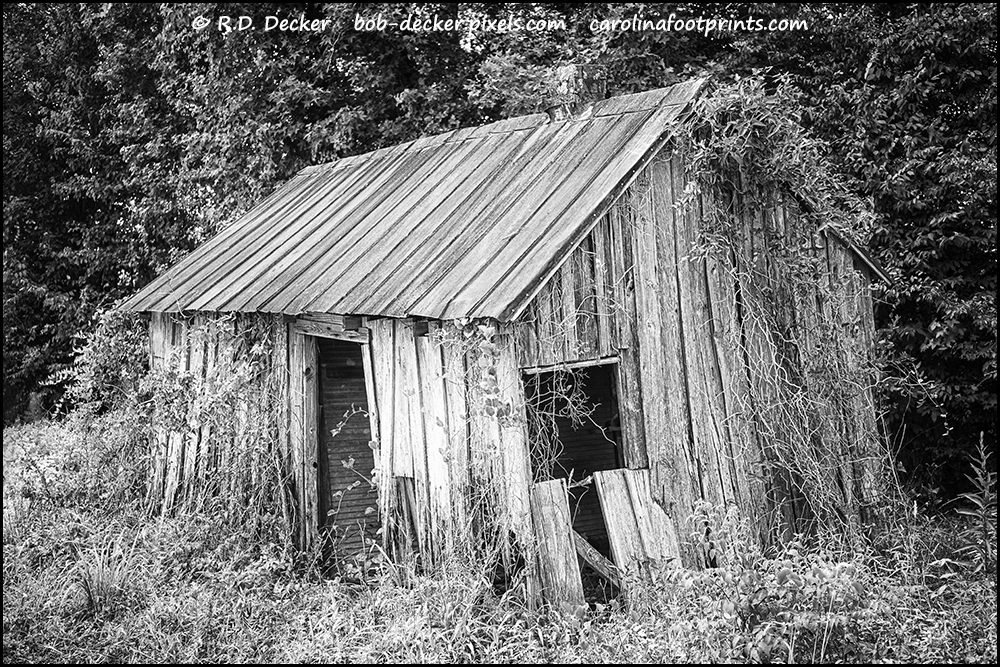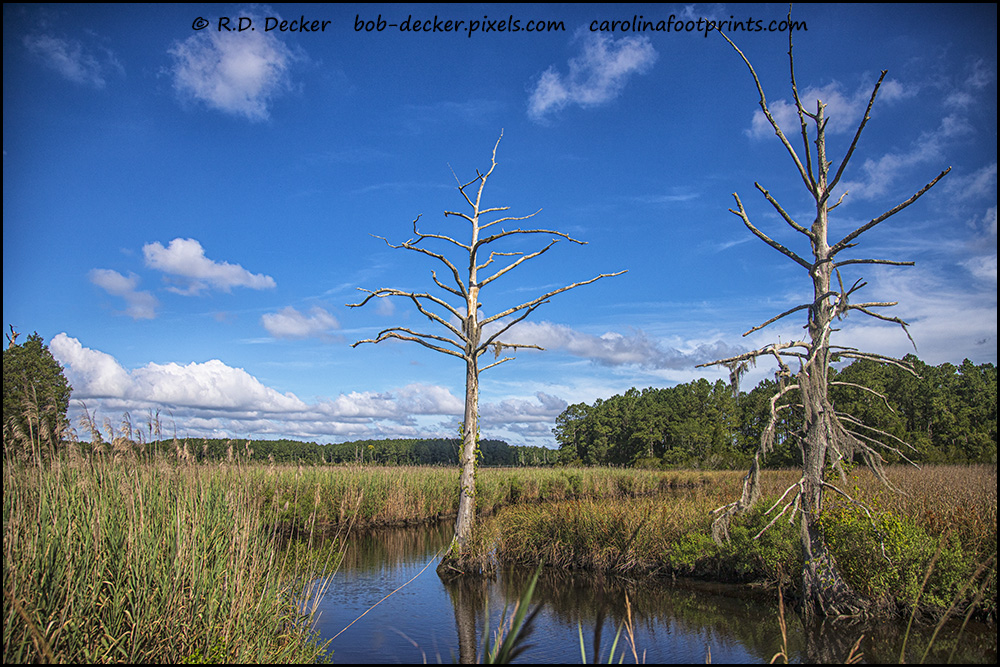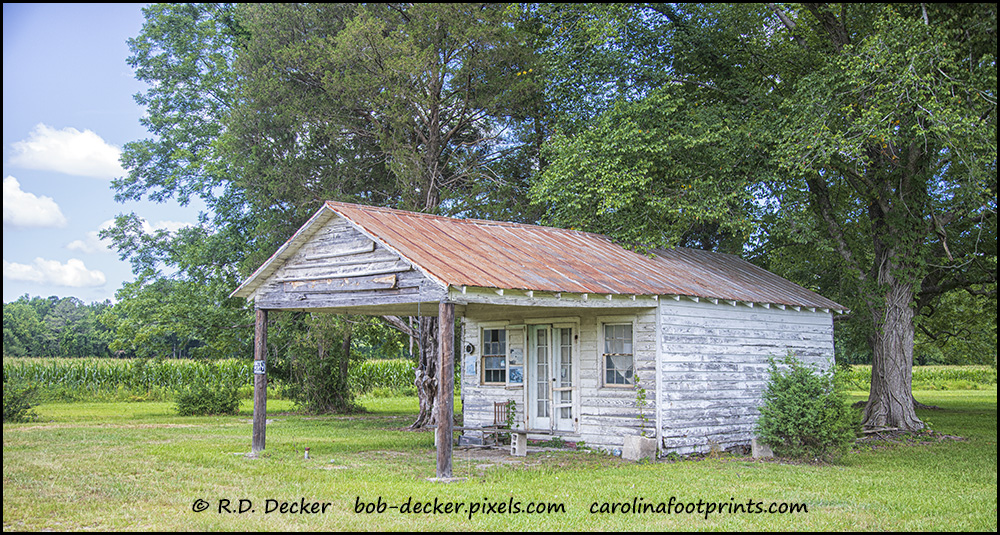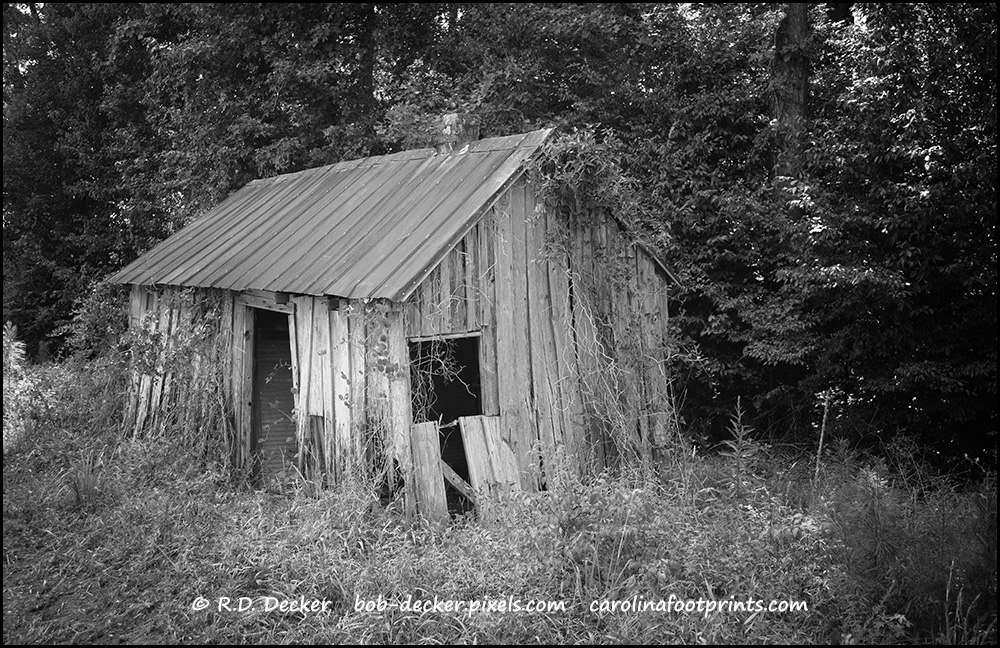Driving the Backroads
I sometimes spend a morning or afternoon exploring country roads in search for old buildings to photograph. Part of my motivation is to create an archive of these disappearing structures. But I also find old, abandoned structures make interesting fine art photography subjects. Images of these decaying buildings can evoke feelings of nostalgia and stir memories of our youth.
On this late June morning I decided to catch the ferry across the Neuse River and head up NC 306 to explore Pamlico and Beaufort counites in eastern North Carolina. In the past I’ve had a lot of success finding interesting subjects in Pamlico county. This was my first photo safari into the countryside of Beaufort county. While I didn’t find a lot of likely candidates, I did find one very interesting old shack and a scenic view of the wetlands. I also decided to revisit an “old friend” for a different composition. The following are some of the resulting photos from the trip.
Photos Along the Way




Do you have a favorite photo from this series? If so tell me about it in the comments below. I love to hear from my readers and viewers.
4 Comments
Nice story, Bob! There are many intriguing sights off the main roads. I think I prefer the first old cabin although I think it would be worth trying a darker more moody processing approach as an alternative. I know I have mentioned this before, but I can immediately spot one of your images on twitter. They seem unnaturally sharp to my eye. But your images, your choice of course.
I like the first image Bob! I think an even darker mood would look great in this one. Driving off the main road can offer great photographic opportunities for sure!
Decay has great visual interest for me too. I am especially taken with the building that used to be an old gas station. Perhaps I should visit North Carolina one day
Very nice, Bob. Great narrative of an important part of American – the “leftovers” that helped our country grow and thrive. I find these relics of yesteryear to be attractive in their own right – both historically and photographically. WE, too, have several myriad examples throughout the Eastern Shore where we live.